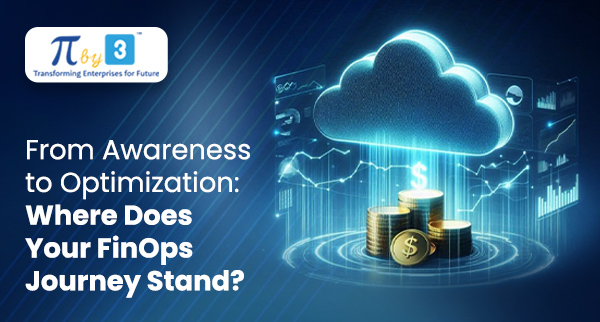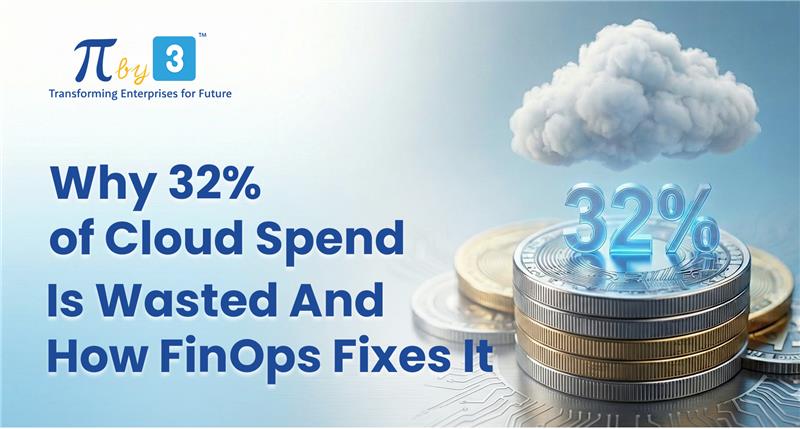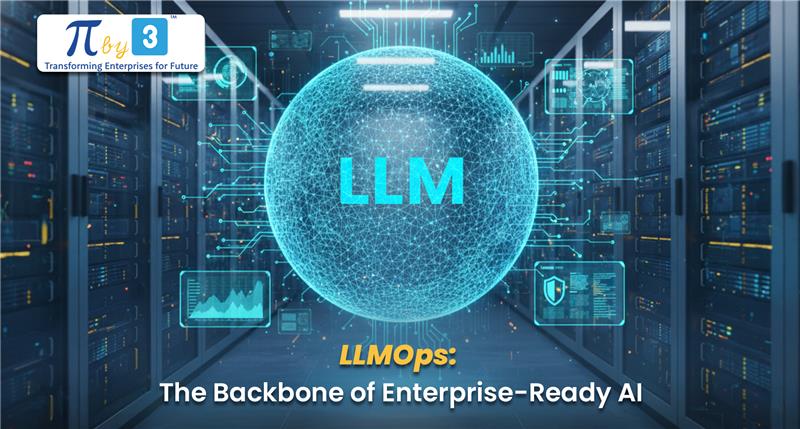Cloud computing is evolving at an unprecedented pace, reshaping industries and enabling businesses to innovate like never before. As we move through 2025, several key trends are emerging that will define the future of cloud technology. These advancements promise to transform how organizations operate, scale, and deliver value to their customers.
1. Multi-Cloud and Hybrid Cloud Strategies
The shift toward multi-cloud and hybrid cloud environments is accelerating. Businesses are leveraging multiple cloud providers and integrating public, private, and on-premises infrastructures to enhance flexibility, reduce costs, and avoid vendor lock-in. This approach ensures seamless workload management while improving data security and compliance.
Organizations can benefit from these strategies by adopting solutions that enable interoperability across platforms, fostering innovation without boundaries.
2. Edge Computing Takes Center Stage
Edge computing continues to gain traction as IoT devices proliferate and demand for real-time data processing grows. By bringing computation closer to the data source, edge computing reduces latency, improves bandwidth efficiency, and supports applications like autonomous vehicles, smart manufacturing, and connected healthcare.
This trend opens doors for developing solutions tailored to industries requiring high-speed responsiveness and localized data processing.
3. AI- Powdered Cloud Services
Artificial intelligence (AI) and machine learning (ML) are revolutionizing cloud platforms by automating processes, enabling predictive analytics, and enhancing decision-making capabilities. From intelligent infrastructure management to personalized service delivery, AI-driven tools are transforming operations across sectors.
Integrating AI into cloud solutions allows businesses to unlock efficiencies while delivering smarter and more adaptive services.
4. Quantum Computing Integration
Quantum computing is emerging as a transformative technology within the cloud ecosystem. By solving complex problems at speeds unattainable by traditional computers, quantum capabilities are being integrated into cloud platforms for applications like cryptography, financial modeling, and drug discovery.
While still in its early stages, quantum computing represents a promising frontier for innovation in the years ahead.
5. Sustainability in Cloud Practices
Environmental sustainability is becoming a core focus for cloud providers. Energy-efficient data centers, renewable energy adoption, and sustainable hardware sourcing are driving efforts to reduce the carbon footprint of cloud operations. Businesses are increasingly prioritizing green practices without compromising performance or scalability.
This shift aligns with global sustainability goals while fostering responsible growth in the technology sector.
6. Serverless Computing Simplifies Development
Serverless computing is empowering developers to focus on building applications without managing underlying infrastructure. This model enhances scalability, reduces operational costs, and simplifies workflows by charging only for actual usage during execution.
Adopting serverless solutions enables teams to innovate faster while optimizing resources effectively.
7. Enhanced Cloud Security
As cyber threats become more sophisticated, cloud security remains a top priority for organizations worldwide. Advanced tools like AI-driven threat detection systems, centralized policy management frameworks, and infrastructure-as-code scanning are reshaping security strategies.
Investing in robust security measures ensures that sensitive data remains protected while maintaining compliance with regulatory standards.
8. Retrieval-Augmented Generation (RAG) Services
Generative AI is evolving with retrieval-augmented generation (RAG) techniques that improve accuracy by integrating external data sources into AI outputs. This innovation addresses challenges such as hallucinations in generative models while paving the way for more reliable AI-driven applications.
RAG services have the potential to redefine how businesses leverage AI for decision-making and customer engagement.
9. Private Clouds Gain Momentum
Private clouds are experiencing renewed interest as organizations prioritize sovereignty, cost control, and data ownership. Solutions like Nutanix and OpenStack offer tailored alternatives to hyperscaler services, allowing businesses to customize their cloud environments according to specific needs.
This trend underscores the importance of flexibility in designing secure and scalable infrastructure solutions.
10. Autonomous Infrastructure Management
AI-driven tools are automating routine tasks in cloud management—from resource allocation to threat mitigation—ushering in an era of autonomous infrastructure optimization. This approach reduces human intervention while enhancing efficiency in handling complex workloads.
Adopting autonomous management tools allows businesses to focus on innovation rather than operational complexities.
Conclusion: Shaping The Future Together
The future of cloud computing is brimming with possibilities—multi-cloud strategies for flexibility, edge computing for real-time responsiveness, AI integration for smarter operations, quantum breakthroughs for complex problem-solving, and sustainability initiatives for responsible growth. By embracing these trends in 2025, organizations can stay ahead of the curve while driving meaningful transformation across industries.
Let’s work together to harness the power of these advancements and build a brighter future powered by technology!






